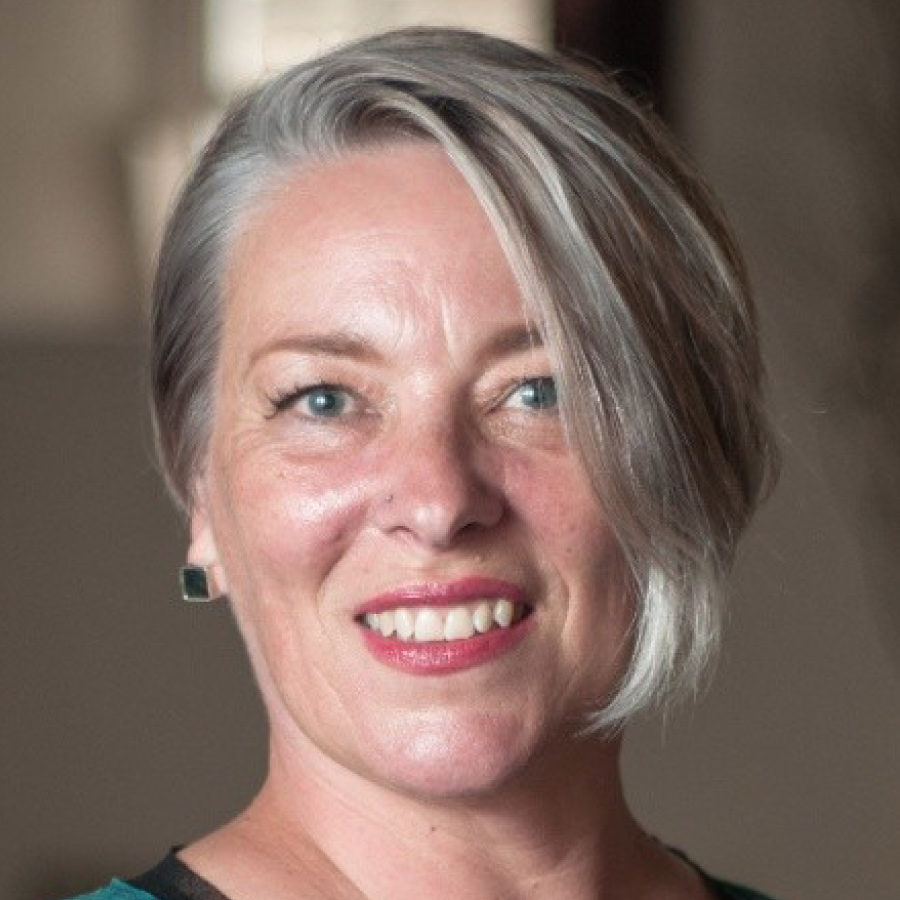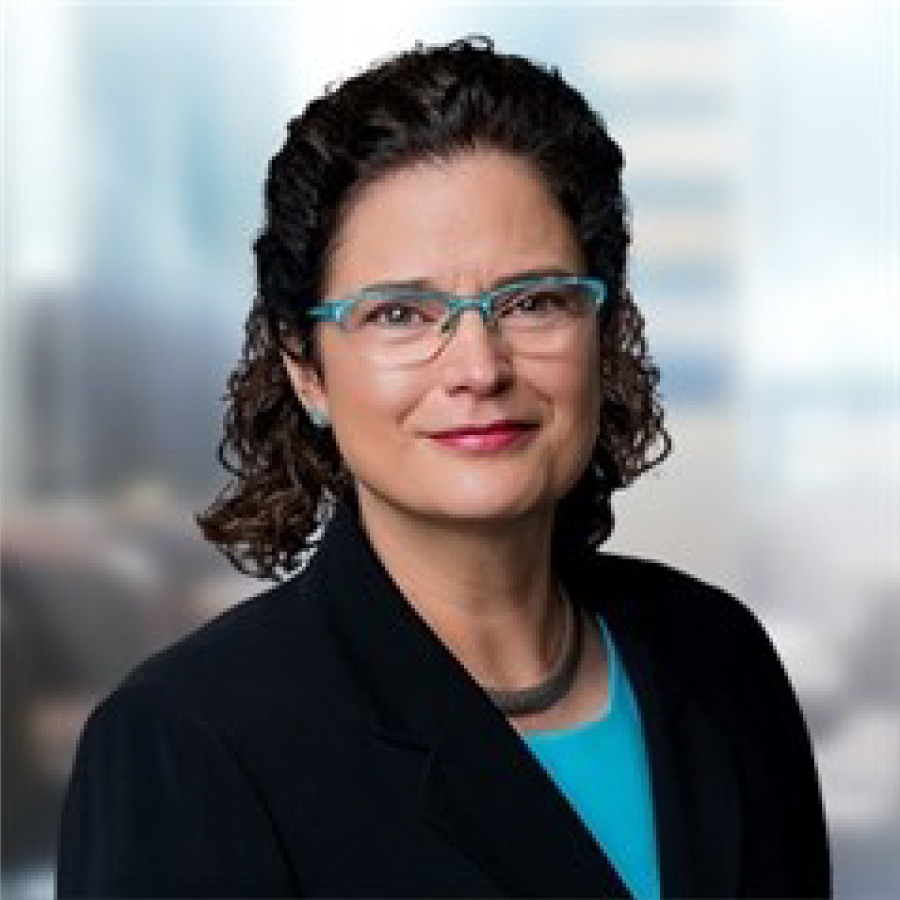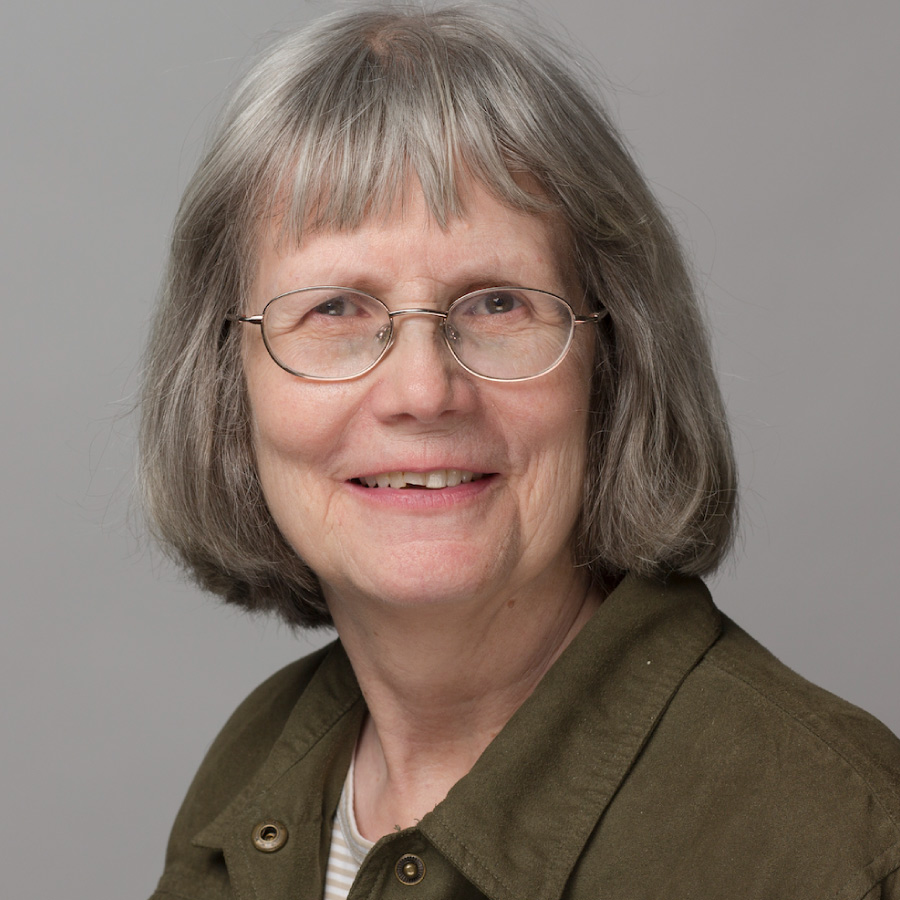
Celebrating 35 Years With 35 Stories: Shawna, Patricia, & Linda
April 23, 2021
Last week, our 35th annual home performance conference took place with live, virtual sessions over the course of 5 days. If you missed it, you can still register for on-demand sessions, which will be available until October.
Now that the live conference is over, this also means that this is our final week of stories. This interview series has highlighted 35 people in our industry that make the world a better, more efficient place every day. This week, we’ve got Q&As with Shawna Henderson of Blue House Energy, Patricia Plympton of Guidehouse, and Linda Wigington of Linda M. Wigington & Associates. Below are stories 33, 34, and 35.
If you missed any of our stories, click the #35thanniverary hashtag and you can see them all.

Shawna Hernderson
CEO
Blue House Energy
Q: How did you get into the building and home performance industry?
A: My first career was in communications and graphic design but I wanted to move into a different field. My first thought was to go back to school to become an architect. My cousin, a custom builder, told me to get an education in building technology first, so I would really know how buildings went together. So, I did a program in British Columbia, and immersed myself in learning about energy efficiency, renewable energy, weatherization, and high-performance housing. After that, I was hired by an organization in Nova Scotia to write a book on passive solar home design using my newfound building technology knowledge and my past life skills with illustration and writing. That book was used as a textbook for a new program on energy efficient housing that was piloted in Manitoba…so, I took that program, and got certified for energy modelling, evaluating, and site inspection for the R2000 program. I was hired the moment I set foot back in Nova Scotia, first doing field work for R2000 new construction and then for the EnerGuide for Houses program (Canadian equivalent of HERS rater and BPI Analyst), working in retrofits. I haven’t had a chance to look back to see if those were the right decisions, but it’s been about 3,000 blower door tests over the past 30 years!
Q: What’s the greatest accomplishment in your career?
A: Creating useful and enjoyable online training for the industry that is focused on building science and house-as-a-system out of my decades of experience in the field. We’ve been online with interactive courses in construction technology and energy efficiency since 2012. Blue House Energy is a recognized provider to several national organizations, including BPI and NAHB. In 2018, we added courses to help the next generation of energy advisors prepare for their exams, so in some senses, I’ve come full circle.

Patricia Plympton
Associate Director
Guidehouse
Q: How did you get into the home and building performance industry?
A: While working at the National Renewable Energy Lab in DC, I was asked by folks at DOE to assist on a new partnership with EPA on Home Performance with ENERGY STAR, or HPwES. My clients were also running the Building America program for new homes and deputized me to work closely with the team at EPA. I worked with utilities, NGOs, and municipalities to encourage them to become sponsors. When I started working on HPwES, there were seven states with local sponsors. I worked on HPwES with some of the brightest minds and biggest personalities in our industry—Larry Zarker, Helen Perrine, Ed Pollock, Mike Rogers, Keith Aldridge, Marcus Bianchi, Steve Cowell—to name a few. I just checked the website and noticed there are currently 26 states with local sponsors of HPwES. Improving the energy efficiency of existing homes represents the highest savings potential while presenting the most stubborn challenges. Besides parenting, it was the toughest job I’ll ever love.
Q: What is the greatest accomplishment in your career?
A: Regarding the home performance industry, I am most proud of working collaboratively with the EPA team while at NREL to promote HPwES. Despite the vagaries of Federal funding and changing priorities when the administration changed, I believe we developed innovative solutions to encourage both home performance contractors and homeowners to invest in energy efficiency improvements for existing homes. There is still plenty of work to be done and I don’t feel like I’m done contributing to that slice of the energy efficiency space.

Linda Wiginton
Indoor Air Quality & Residential Energy Consultant
Linda M. Wiginton & Associates
Q: What’s the greatest accomplishment in your career?
A: My greatest accomplishment was founding and nurturing the Affordable Comfort conference, the predecessor to BPA’s National Home Performance Conference. It all started in Pittsburgh, PA. We knew we wanted to have a conference. We knew we wanted to focus on existing homes. Initially, we thought it was just going to target participants from Pennsylvania, but I knew people in weatherization and utility programs in Ohio and West Virginia and it grew from there.
The theme of the conference was “Combining Theory and Practice to Make Affordable Comfort a Reality.” We recruited the best people in the country to present on topics ranging from retrofits to indoor air quality, program design, diagnostics, mechanical systems, and the human factor. It was quite a lineup!
In early 1986, the Exxon oil overcharge $2.1 billion settlement was made at the same time the Affordable Comfort Conference was announced. The ruling was that Exxon had overcharged on the price of crude oil and consumers were hurt as a result. The bottom line was that every state was going to get millions of dollars to put into programs to offset the high cost of oil. Some of this money was to target low-income households.
It was perfect timing for representatives from state agencies and non-profits, as well as advocates and consultants interested in exploring how to put the money to good use in their state. As a result, the conference had representation from thirty states and was overflowing with 50% higher attendance than we had anticipated. This contributed to an exciting and successful event which laid the foundation for annual Affordable Comfort conferences going forward.
Q: The conference has a culture of continuous improvement. How did you establish that?
A: We used to capture all of the sessions at the national and regional conferences on cassette tapes. An important part of understanding how well sessions went (not just content, but also process) was to listen to as many of the recordings as possible. So that’s what I did. This task was helped by the fact that my commute to Pittsburgh was 75 minutes each way. I am probably the only person who has listened to, or attended, several thousand Affordable Comfort sessions.
We made copies of the tapes so that presenters could have their own—John Tooley did his first presentation at an Affordable Comfort conference. I remember him telling me later that he listened to it more than a dozen times and felt it helped him a great deal.
A core principle has always been to respect participants’ time. We made a commitment to staying on time, inviting folks to leave if they discover they selected the wrong session, and recognizing that their observations and questions have value.
The recordings were invaluable in understanding how well our session planning and logistical procedures worked. Were the presenters and facilitator effective? Was there time for discussion and questions? What interfered with the session proceeding as planned?
Listening to the sessions and simultaneously reviewing evaluations helped to develop and refine the processes. Plus, I loved the chance to hear all of those sessions that I couldn’t attend during the conference!
Fast forward to this year, it’s occurring to me that I, again, look forward to listening to as many of the NHPC21 on-demand sessions as possible. I am delighted that, with a virtual conference, I have access to so many sessions.
